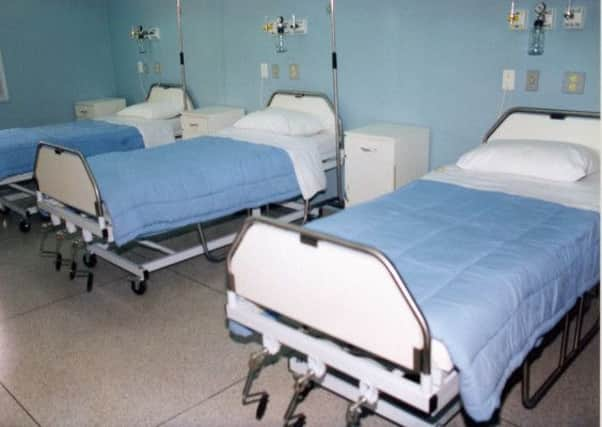Hospitals must still improve patient care


Although they have moved to address many problems highlighted by the Keogh Report last year, hospital chiefs admitted there is still some way to go.
The statement was made by East Lancashire Hospitals NHS Trust’s director of service development, Mr Martin Hodgson, as he gave a candid report to update members of the under fire Trust on the plans put in place since it was put into special measures following the publication of the Keogh Review last summer.
Advertisement
Hide AdAdvertisement
Hide AdMembers of the Trust, which include staff, governors, volunteers and members of the public, also got the chance to voice their concerns.
The meeting was told some hospital staff had felt relief on the publication of the Keogh Report because they had previously felt “gagged” by their managers and unable to report their concerns.
Mr Hodgson said: “There is still quite a bit to do. Everything that we are trying to do is to provide safe, personal and effective care. We don’t get it right every time.”
But when questioned by one Trust member Mr Hogdson strongly denied the organisation could have become another scandal-hit Mid-Staffordshire NHS Foundation Trust if it had not been inspected by the Keogh Review.
Advertisement
Hide AdAdvertisement
Hide AdHe said: “We were nowhere near that bad but there are issues to address. Everything has changed on the back of Mid Staffs. There is now a chief inspector of hospitals. We’ve got to take it on the chin and that’s a good thing. It’s good for our patients.”
Asked whether the Royal Blackburn Hospital was able to cope with the numbers of patients passing through its doors, Mr Hodgson said it was.
But he said more work between the hospitals and other agencies was needed to allow more people to be cared for more effectively in the community.
Since the Keogh Review, which highlighted higher than expected death rates and Burnley and Blackburn hospitals, the Trust has put in place a mortality reduction plan and Mr Hodgson said SHMI mortality indicator levels as highlighted in the review are currently within the expected range.
Advertisement
Hide AdAdvertisement
Hide AdMr Hodgson said Trust bosses had focused much attention on improving escalation conditions for patients waiting for beds. He said patients are no longer left waiting on trolleys for beds to become available and are only taken to wards once a bed is ready.
A recruitment plan has seen 107 more nurses since 2013 and vacancy levels have reduced from 204 in April last year to 76.
The meeting was told there would be less reliance on agency staff, which have historically been one of the Trust’s main expenditures.
Sickness rates among staff have also been reduced and remain lower than both the national and regional averages.
Advertisement
Hide AdAdvertisement
Hide AdOther strategies to improve care include 29 additional winter beds, ambulatory care where emergency patients can have tests and treatment plan without the need for an overnight stay, care bundles for a range of conditions, and a Perfect Week system to highlight weaknesses in the flow of patient care.
The Trust is scheduled to have a visit from the chief inspector of hospitals in May who will determine whether it can be taken out of special measures.